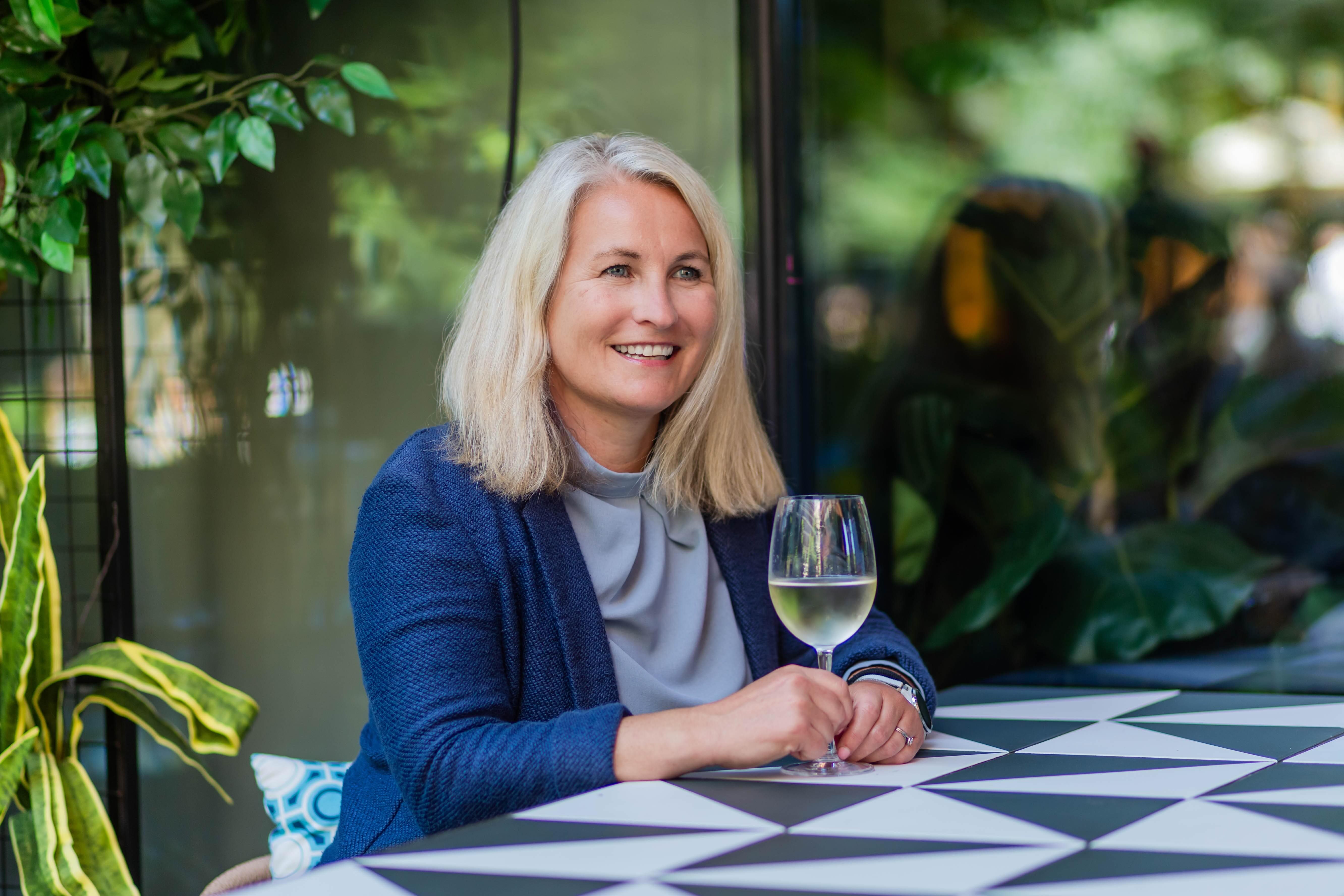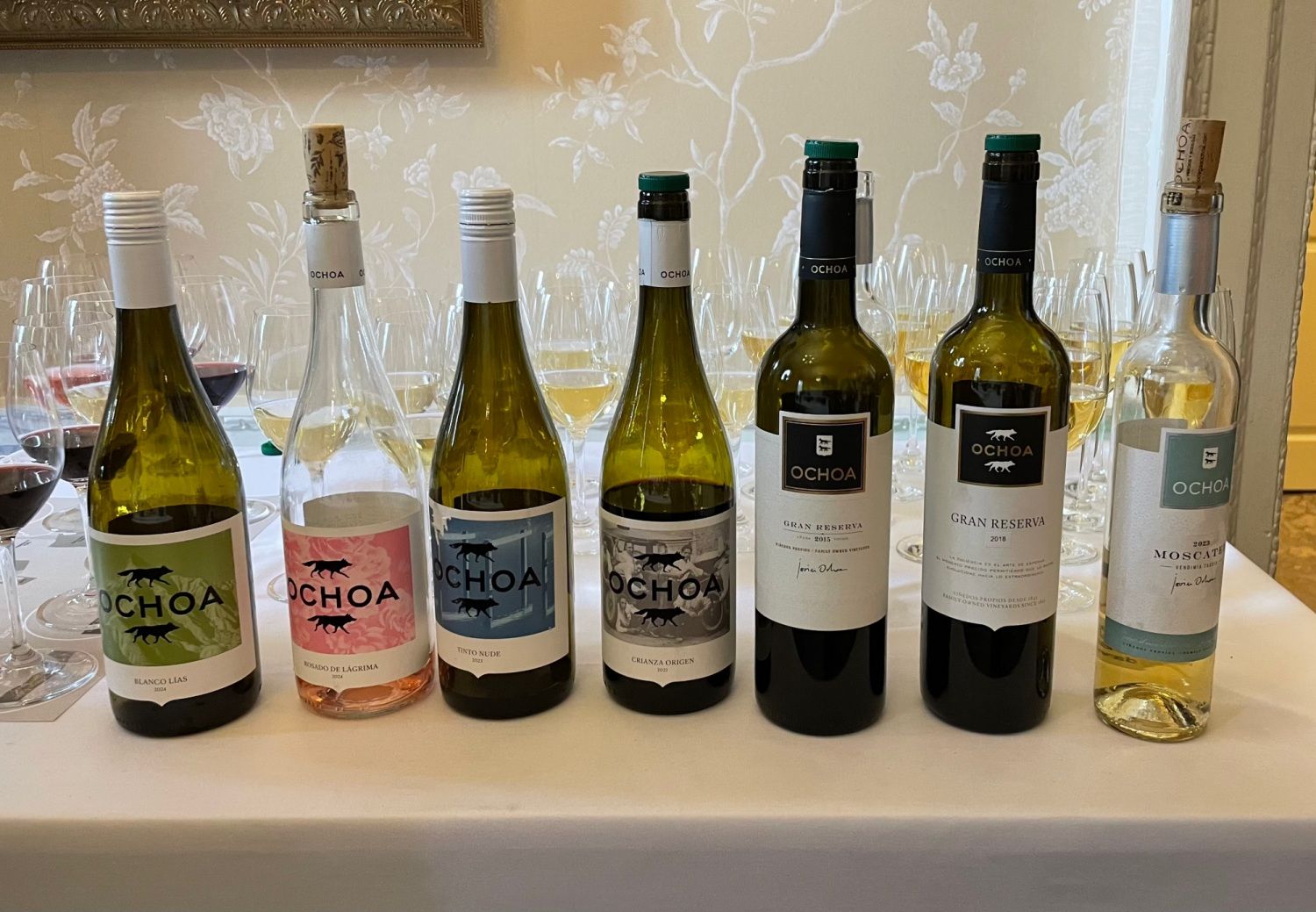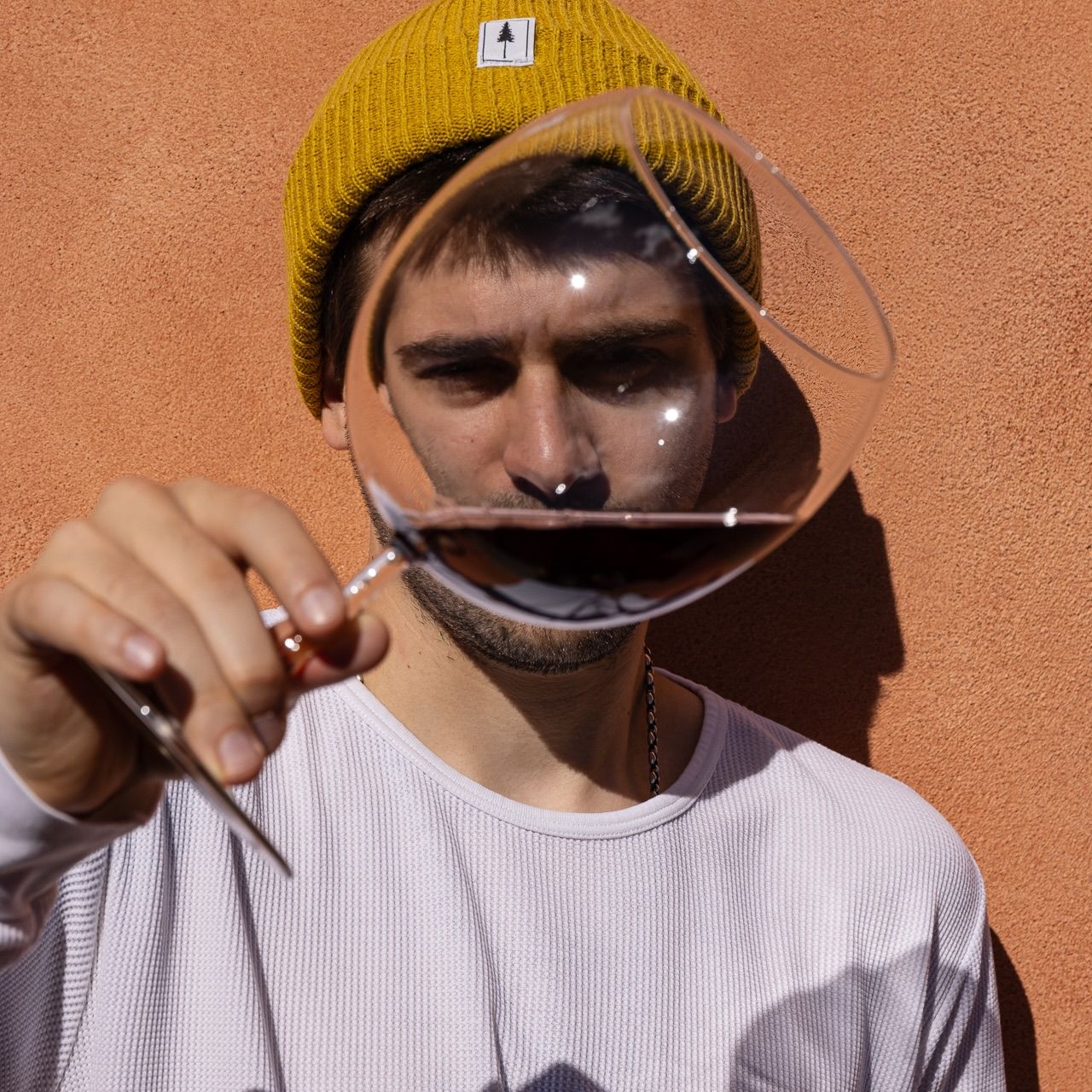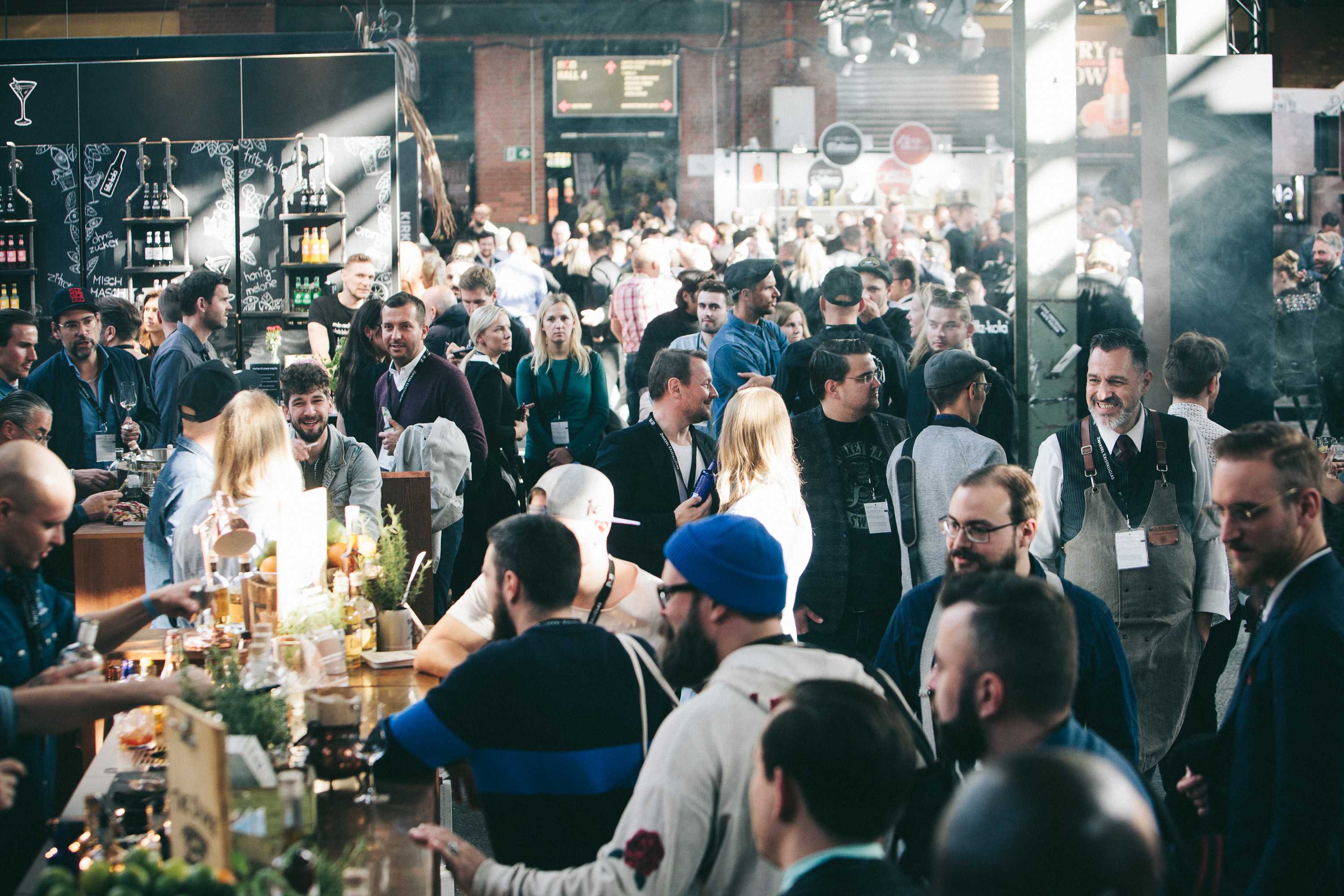The Grands Crus Classés Bordeaux 2017 event is unique, giving the trade access to the four most recent vintages from many of the top estates including: Château Montrose, Guiraud, Gazin, Canon-La-Gaffelière, Clos de l’Oratoire, La Mondotte, Pontet-Canet, Smith Haut Lafitte, Rauzan-Ségla and Léoville-Poyferré.
With representation from all five Médoc communes, as well as Graves, Pomerol, Saint-Emilion and Sauternes, the annual tasting of ten leading Bordeaux Grands Crus Classés estates’ last four vintages was typically revealing. While the 2017 barrel samples that were brought over to London for the event at Dean’s Yard in Westminster showed particularly well, two great years in 2015 and 2016 lived up to their promise and 2014’s reputation as a drinker’s vintage was enhanced.
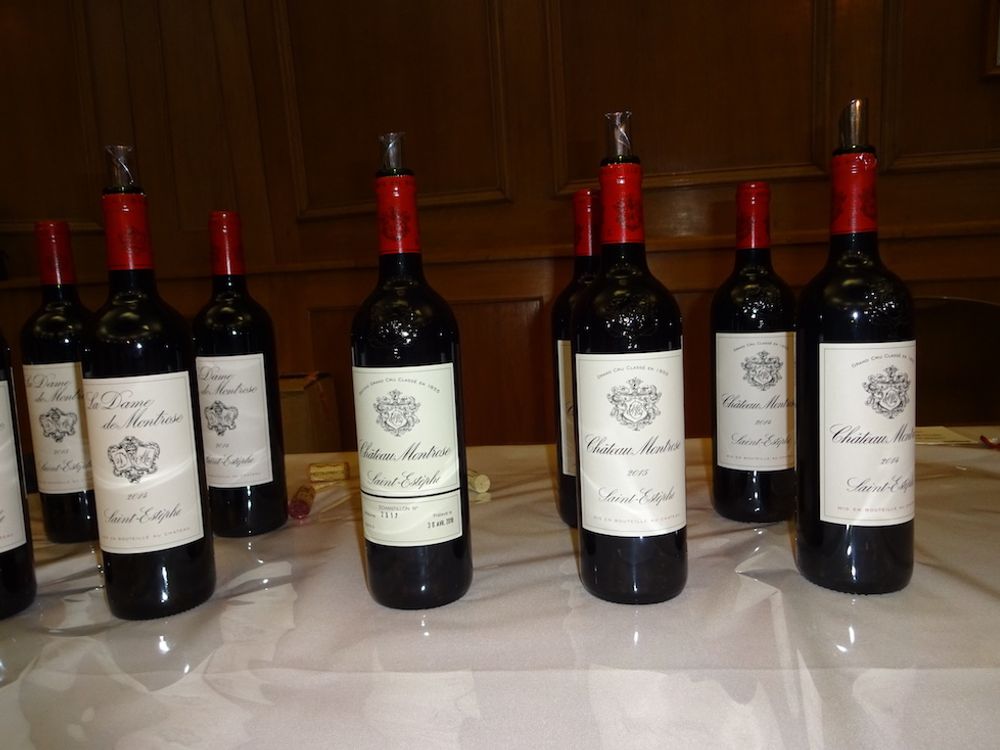
Starting at the northern end of the Left Bank in St-Estephe, the hallmark of Château Montrose’s 2017 was wonderful freshness. The 2016 was not available but the 2015 was typically muscular for wines from this commune. The 2014’s tannins were also still quite overt, but like the 2017, to which vintage the 2014s are being compared, the wine was agreeably fresh thanks to the slightly higher levels of acidity in these two years.
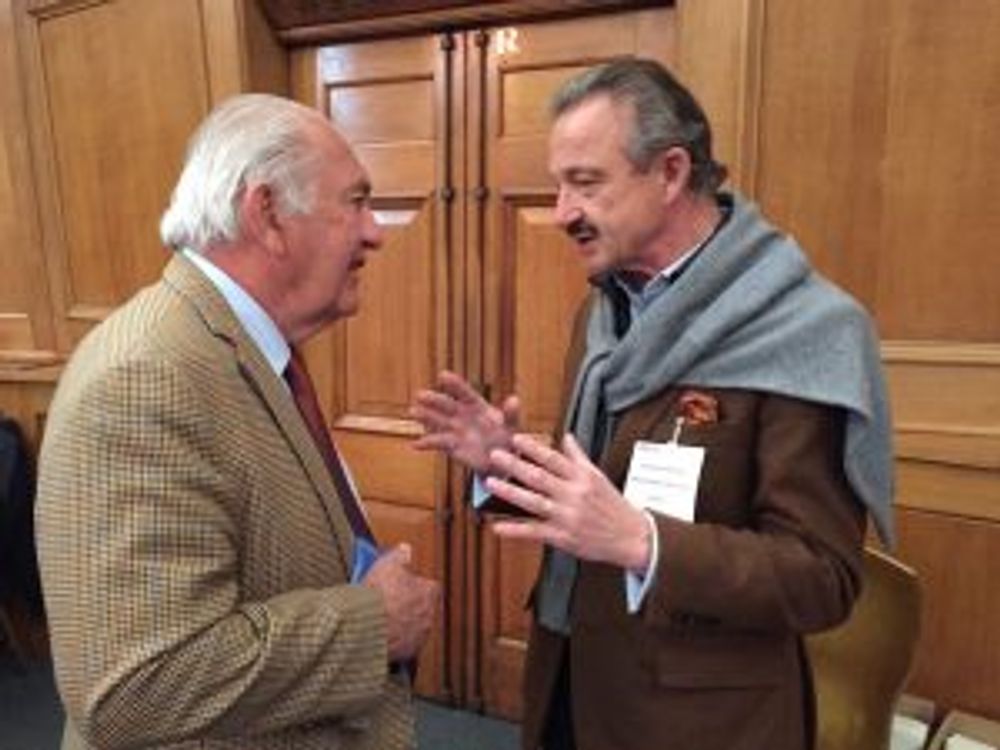
Alfred Tesseron of Château Pontet-Canet (l) and Stephan von Neipperg of Château Canon-La-Gaffelière, London, May 8, 2018
Pontet-Canet reducing oak usage
Heading south, Pauillac was represented by Château Pontet-Canet, with the genial owner Alfred Tesseron smiling benignly when asked about his 2017. Like the Montrose, he purred about the “glorious freshness” of the fifth growth’s grand vin, revealing that he is increasing his number of working horses from nine to 20 (when the new stables are completed). This will allow every row between his vines (all farmed biodynamically) to be ploughed by horse (50% currently being done by tractor), thereby reducing soil compaction.
Reporting no frost damage in 2017, Tesseron also revealed he is reducing oak usage in his elevage. Half of his wines are now matured in new barriques, with a third, which formerly saw first-fill oak, now sits in small concrete eggs. “It keeps the purity of fruit, which is very important for us,” he told The Buyer. Certainly, the 2016’s fruit was utterly gorgeous, while the 2015’s tannins were silkily soft. The equally elegant 2014 did not have quite the same concentration of fruit but a very lengthy finish.
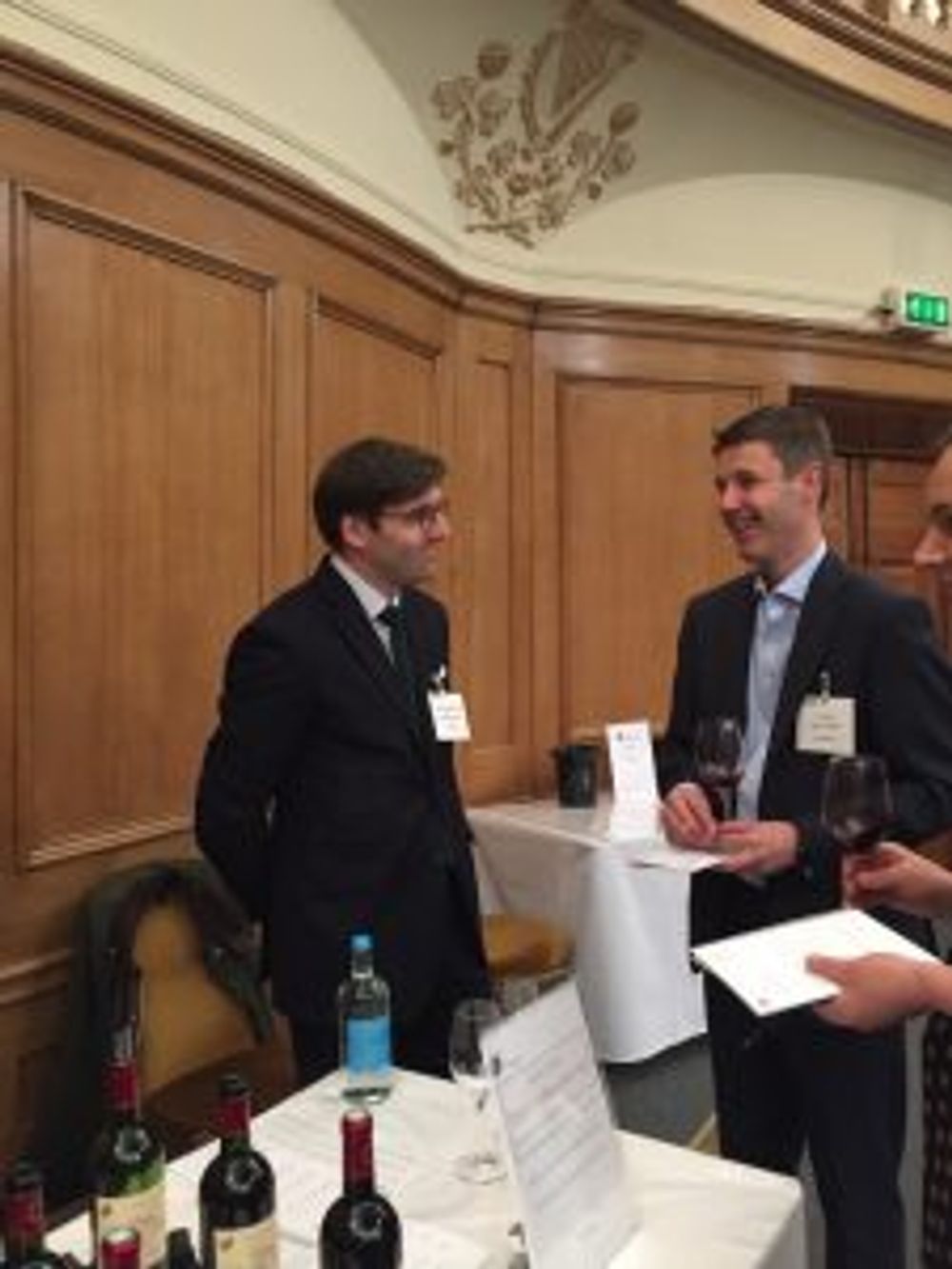
The event attracts the top buyers in the business like Guy Seddon from Corney & Barrow (r)
In neighbouring St-Julien, Léoville-Poyferré’s 2015 was another superb example of the vintage – complex, concentrated and long with powerful but well-integrated tannin structure. Its 2106 had even bigger tannins. Branaire-Ducru’s 2016 had a similar structure, while the feminine, fresh 2107, blessed by the purest of fruit, showed particularly well.
While the 2017 grand vin of Rauzan-Ségla, the Margaux second growth, was enlivened by very fresh acidity, it did not have the fabulous concentration of its brilliant 2016 counterpart. The 2015 was typically perfumed and feminine for a Margaux.
Florence and Daniel Cathiard, owners of Château Smith Haut Lafitte in Pessac-Leognan, feel that 2017 is one of the best recent years for whites. Their beautifully fresh 2017 (90% Sauvignon Blanc, 5% Semillon and 5% Sauvignon Gris) showed vibrant acidity with more intensity than the 2016, while the 2015, rounder than the other two, was very opulent.

Stephan von Neipperg of Vignobles Comtes von Neipperg
Canon-La-Gaffelière 2017 was highly impressive
On the Right Bank, the charismatic Stephan von Neipperg was on hand to show his Vignobles Comtes von Neipperg stable of Saint-Emilions along with his Castillon Côtes de Bordeaux winery, Château d’Aiguilhe. He revealed that the latter’s yield for 2017 was down 50% due to frost, but thinks that in terms of value-for-money, this will be hard to beat. All four vintages of it showed well.
Von Neipperg’s Canon-La-Gaffelière 2017 was highly impressive: lovely freshness, very concentrated and a long finish. The 2016 trumped the 2015 as far as concentration and intensity was concerned, while the 2014 was fresh and appealing. If his Clos de l’Oratoire 2105, with its soft tannins and complexity, stood out (“well it was a Right Bank year of course” he declared), so too did La Mondotte in 2015, 2016 and 2017.
While nearby Canon’s 2015 and 2016 also impressed, Pomerol’s one representative, Château Gazin, came up with one of the most attractive 2017s. This showed very silky tannins with tremendous intensity of flavour. Its 2016, whose tannins were noticeably bigger, had yet more concentration, while the 2015 was round and soft with a deal of complexity.
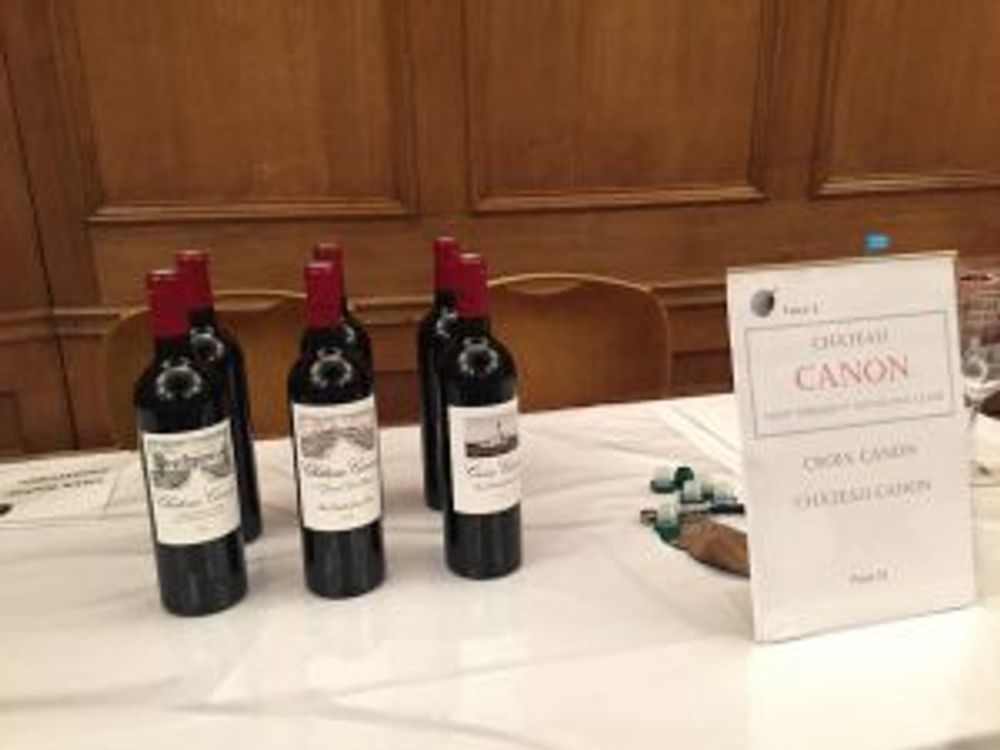
Château Guiraud flew the flag for Sauternes, with veteran winemaker Xavier Planty comparing his 2017 grand vin to that of 2011. With 120 g/l of residual sugar, this glorious 13.5% offering was more concentrated than every one of the the three years before it. Yields were down 40% due to frost damage, but this looks a buy for sweet-wine lovers.

